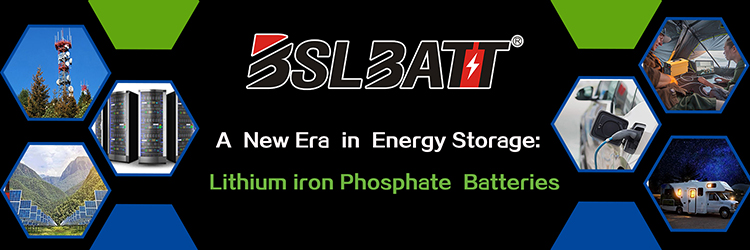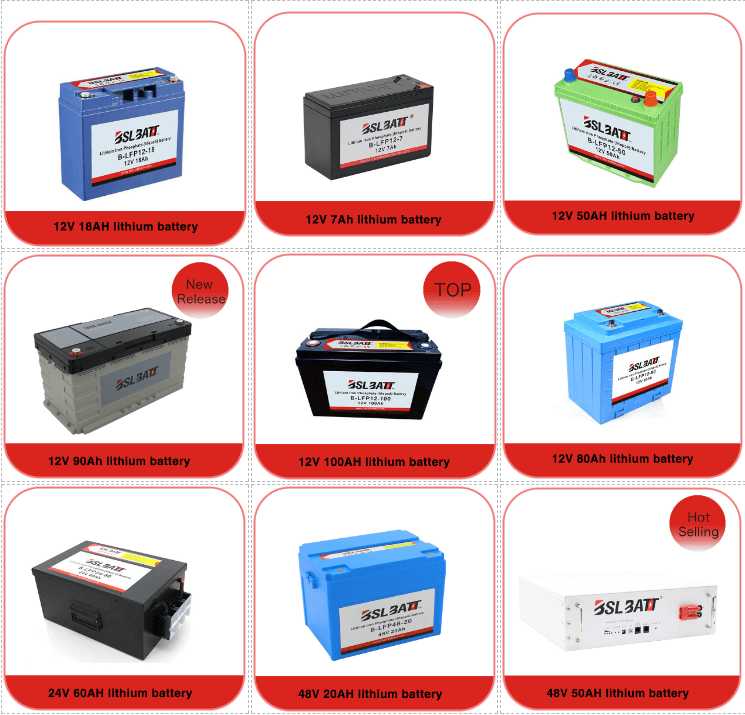
- China
- English
- Françai
- Español
- Deutsch
- Română
- العربية
- 한국어
- 日本語
- Italiano
- Português
- Gaeilge
- Dansk
- Čeština
- Русский
- Afrikaans
- Euskara
- Català
- Esperanto
- हिन्दी
- Ελληνικά
- Bahasa Melayu
- Polski
- Српски
- Kiswahili
- ภาษาไทย
- Tiếng Việt
- Türkçe
- Svenska
- Cymraeg
- Slovenčina
- Latviešu
- Malti
- Magyar
- Galego
- ગુજરાતી
- Eesti Keel
- বাংলা
- Shqip
- беларуская мова
- Nederlands
- Tagalog
- ქართული
- Íslenska
- Kreyòl Ayisyen
- Lietuvių
- Norsk
- slovenščina
- தமிழ்
- Українська
- ײִדיש
- اردو
- తెలుగు
- فارسی
- македонски
- ಕನ್ನಡ
- Bahasa Indonesia
- עברית
- Suomi
- Hrvatski
- Български
- Azerbaijani

Industry Application
Product Type
Cranking Battery vs. Deep Cycle Lithium Battery
| To most people, a battery is a battery. While marine and auto batteries usually look similar, the internal components of these batteries — as well as their design and intended purpose — are often very different.
Marine batteries come in three types: starting (or cranking) batteries, dual-purpose batteries, and deep cycle Lithium batteries. In this guide, we’re going to explain the differences between these battery types, with a specific focus on deep cycle batteries.
Starting vs. Dual Purpose vs. Deep Cycle lithium batteryBefore we get into the mechanics of deep cycle batteries, it’s important to explain how they differ from starting and dual-purpose batteries. Starting batteries, which are also known as cranking batteries, are designed to discharge a large amount of energy for a short period. This makes them ideal for starting engines, such as an automotive engine or an inboard or outboard marine engine. Instead of discharging a large amount of energy for a short period, deep cycle batteries are designed to discharge a small amount of energy over a long period, often until most of the battery’s capacity has been discharged. One way to think of this difference is by visualizing a sprinter and a marathon runner. A starting battery performs like the sprinter, delivering lots of power before running out of breath. The deep cycle battery is the marathon runner, offering less speed but much greater endurance. Dual-purpose batteries are capable of starting engines and deep cycling, although they usually can’t match the performance of a dedicated deep cycle battery. How deep cycle batteries workThe biggest difference between a deep cycle battery and a typical starter battery is the amount of energy it discharges and the way in which the energy is discharged. Deep cycle batteries are designed specifically to discharge a large percentage of their capacity, in a process called “deep discharge.” Starter batteries, on the other hand, are only designed to discharge a small amount of energy at any time. When a starter battery is deeply discharged, it can suffer damage that affects the battery’s total lifespan and ability to charge to capacity. Most deep cycle batteries are built to discharge up to 75% of their capacity without suffering any damage. The “safe” amount of energy to discharge varies from manufacturer to manufacturer — some batteries are designed for a 45% discharge, while others can discharge 75% or more of their total energy capacity without any negative effects on long-term performance. Uses of deep-cycle Lithium batteriesBecause deep cycle lithium batteries are designed to discharge a small amount of energy over a longer period than starter batteries, they’re most commonly used for appliances and motors that require a steady, consistent supply of energy. For example, a trolling motor — which uses electricity to power a propellor — works best using a deep cycle battery. For larger, more powerful trolling motors, several deep cycle batteries can be connected in series and used as a power source. Deep cycle lithium batteries are also used to power small vehicles, such as electrical wheelchairs, golf carts, and forklifts. Many of the instruments and navigational devices inside a boat draw energy from a deep cycle battery when the inboard or outboard motor is inactive. Finally, deep cycle lithium batteries — especially larger batteries — are often used as storage batteries for solar and other renewable energy systems. Whether you’re a commercial fisherman, captain, compete in fishing tournaments regularly, or simply just enjoy going out to the sandbar on the weekends, you probably realize that the number one problem when boating is having a reliable battery. For years, lead-acid and AGM batteries have dominated the marine industry because they’re readily available, cheap, and easily replaceable. The issue is that these batteries don’t hold a charge for very long, are prone to acid leakage, and generally weigh down water vessels a considerable amount. The good news is, lithium batteries not only maintain their charge for longer, but if you choose Ionic they’re also Bluetooth equipped. With a few taps on your cell phone, you’ll know whether your batteries are good to go or not. It’s that easy. Our Lithium Deep Cycle Marine Batteries provide a longer battery life with less recharging and no maintenance. No more lake days spent at home, less stress, more time on the water.
Lithium Deep Cycle Marine Battery Benefits For Your Boat● Faster charging ● Longer Lasting ● Up to 70% Lighter ● Maintenance Free ● Bluetooth Monitoring ● Drop-In Replacement ● Non-Toxic ● Run in Parallel ● Lower Discharge Rate Find The Perfect Battery For Your NeedsCheck out our common questions and answers here, or Ask Our Experts Now Need some help determining exactly which batteries you need for your bass boat, RV, Golf cart, or other application? Let our lithium battery experts help you find the right battery. |
A Guide to Choosing the Best 48V Lithium Golf Cart Battery
Would it be worth investing in a 48V ...
10 Exciting Ways To Use Your 12V Lithium Batteries
Back in 2016 when BSLBATT first began designing what would become the first drop-in replacemen...
BSLBATT Battery Company Receives Bulk Orders from North American Customers
BSLBATT®, a China Forklift battery manufacturer specializing in the material handling indust...
Fun Find Friday: BSLBATT Battery is coming to another great LogiMAT 2022
MEET US! VETTER’S EXHIBITION YEAR 2022! LogiMAT in Stuttgart: SMART – SUSTAINABLE – SAF...
Looking for new Distributors and Dealers for BSL Lithium Batteries
BSLBATT battery is a fast-paced, high-growth (200% YoY ) hi-tech company that is leading the a...
BSLBATT to Participate at MODEX 2022 on March 28-31 in Atlanta, GA
BSLBATT is one of the largest developers, manufacturers, and integrators of lithium-ion batter...
What makes the BSLBATT the Superior Lithium Battery for your Motive Power needs?
Electric forklift and Floor Cleaning Machines owners who seek the ultimate performance will fi...





























